Semiconductor industry changes and requires highly skilled human resources
The global semiconductor industry has undergone a profound transformation over the past ten years. “The entire education and human resource development program must adapt to the new paradigm,” said Prof. Albert Yeu-Chung Lin, an expert in Semiconductor Intelligence at National Yangming Chiao-Tung University (Taiwan, China) at the Vietnam-Taiwan Semiconductor Human Resource Promotion Forum on the morning of October 30.
Historically, value in the industry has come largely from shrinking transistors in line with Moore’s Law. However, “to date, further miniaturization is virtually impossible,” says the professor. Instead, new value is being created in other directions: advanced packaging, new materials, 3D integration, and photonics technologies.
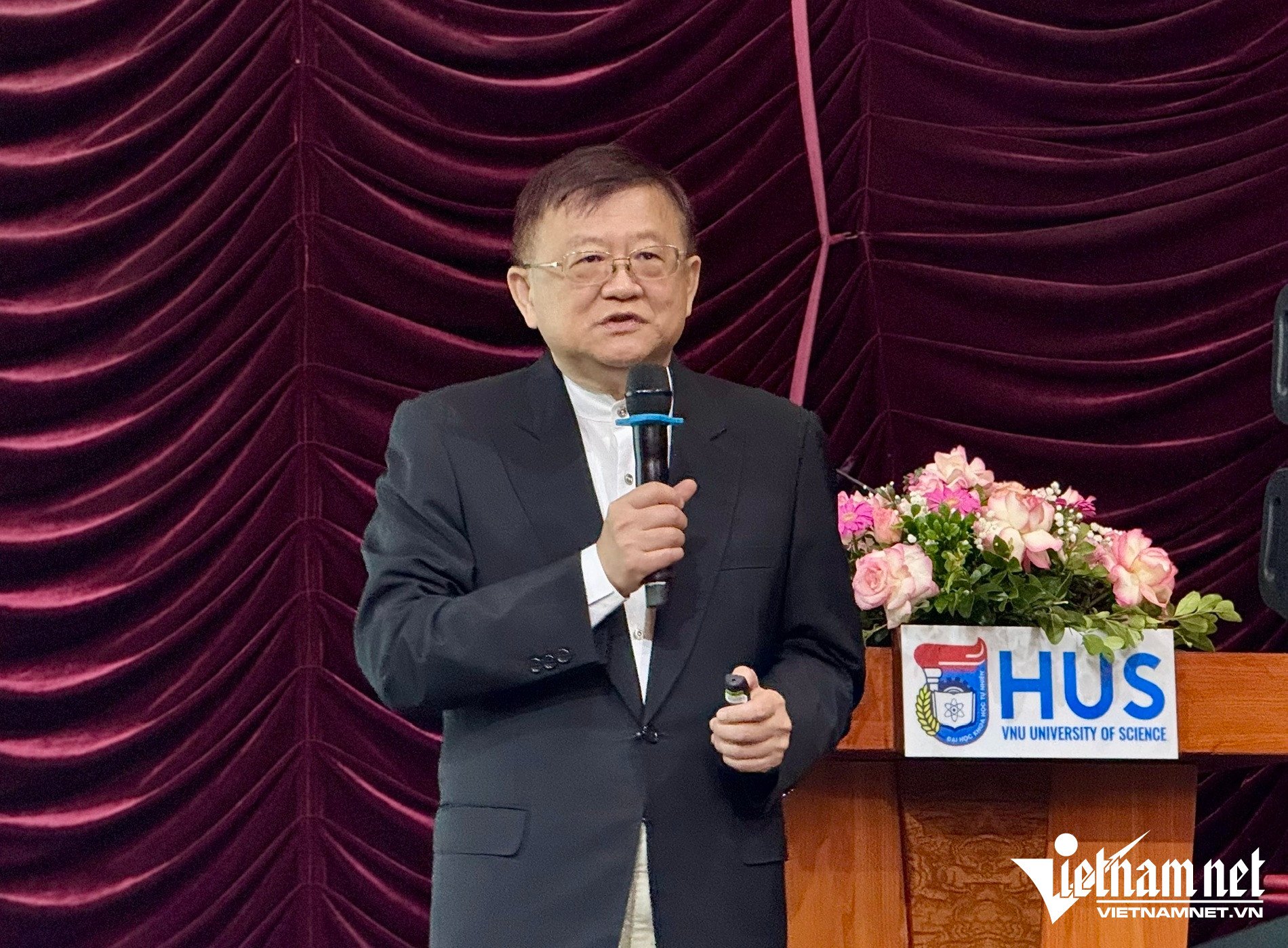
This change has led to the semiconductor industry no longer revolving around design, manufacturing and assembly as before. Many new stages have appeared, requiring human resources with interdisciplinary knowledge: physics, chemistry, materials, automation and artificial intelligence.
In Vietnam, the demand for semiconductor human resources is increasing rapidly. According to the Program "Developing human resources for the semiconductor industry to 2030, with a vision to 2050", by 2030, Vietnam aims to train at least 50,000 human resources with university degrees or higher, including at least 42,000 engineers, bachelors and at least 7,500 masters, 500 postgraduates.
Mr. Albert Yeu-Chung Lin commented that the current rate of high-level semiconductor human resources in Vietnam is still low and needs to be strengthened. High-value stages such as material research, chip architecture design or 3D packaging technology development are lacking high-level human resources. This is the gap that the force of masters and doctors needs to be encouraged to fill.
Sharing the same view, Prof. Konrad Young, Director of the Academy of Industrial Academic Innovation, former Director of the R&D Center, TSMC Corporation, said that training semiconductor engineers should "start with a view towards the ultimate goal" , which is to apply scientific knowledge into practice.
He admitted that, in his 4 years studying electricity and electronics at university, although he learned many things, he did not understand how to use them in practice. It was not until he went to study for a PhD at Berkeley University (USA) that he realized the true purpose of what he had learned.
Chinese semiconductors break through thanks to adjustments
Experience from economies with strong semiconductor industries shows that the role of postgraduate human resources is irreplaceable.
In China, where about 200,000 students study microelectronics each year, the country still lacks 300,000 semiconductor engineers. “In theory, it would take only a year and a half to fill the gap, but the shortage has not changed in the past seven years,” says Professor Albert Yeu-Chung Lin. The reason, he says, is that “only about 12 percent of graduates actually work in the semiconductor industry—the rest go into other fields because the salaries are too low.”
In 2018, China's high-level human resources were only about 1% PhDs and 15% masters. Since then, China has tripled the number of PhDs and doubled the number of masters, resulting in a significant increase in industry efficiency.
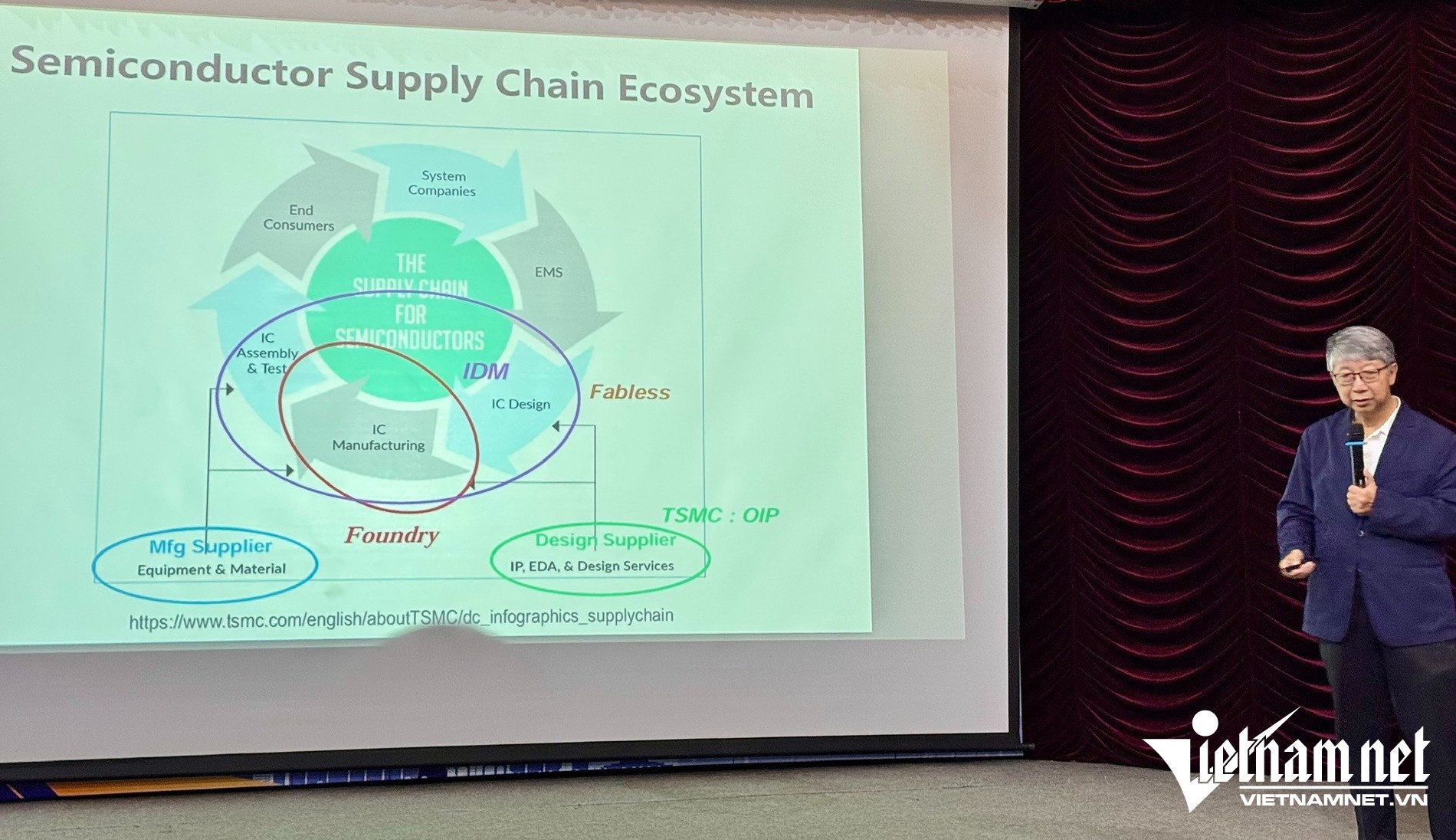
In Taiwan, the world’s largest chipmaking hub, the ratio is even higher: master’s degrees make up the majority of the workforce, while PhDs make up around 3-5%. This allows companies like TSMC to take on high-value tasks like advanced packaging, an area that was once “considered low-margin” but has now become a “key growth driver.”
Compared to Vietnam, experts say the current human resource structure is "very similar to China in 2018" and needs to be adjusted to achieve international competitiveness.
From his experience, he proposed four specific action plans, including increasing the rate of postgraduate training, especially in specialized fields such as materials, microchip design and photonics; developing a long-term strategy to create a continuous flow of human resources, encouraging students to choose semiconductors; collaborating with international schools to open vocational certificate programs and short-term training; applying virtual labs so that students in many schools can practice and research without depending on physical facilities.
Another solution is to build a 'semiconductor labor reservoir', a mechanism to help regulate labor supply and demand in the industry. "Having a reserve of labor not only helps balance the market but also allows for flexible adjustments when demand increases or decreases," he suggested.
According to him, a little shortage is better than excess, because "only when salaries are attractive enough can the semiconductor industry attract talent".
Regarding training, Prof. Konrad Young, Director of the Academy for Industrial Academic Innovation, emphasized the importance of connecting the state, businesses and training institutions in developing semiconductor talent. In addition, engineering students also need to be trained in humanities and communication to become engineers who are both professionally competent and kind.
Highly appreciating Taiwan's comprehensive semiconductor ecosystem, Mr. Vu Quoc Huy, Director of the National Innovation Center (NIC), said that if combined with the potential of Vietnamese people, the two sides can together create a strong alliance to participate more deeply in the global semiconductor ecosystem, foster a new generation of engineers, and create the next technological breakthroughs.
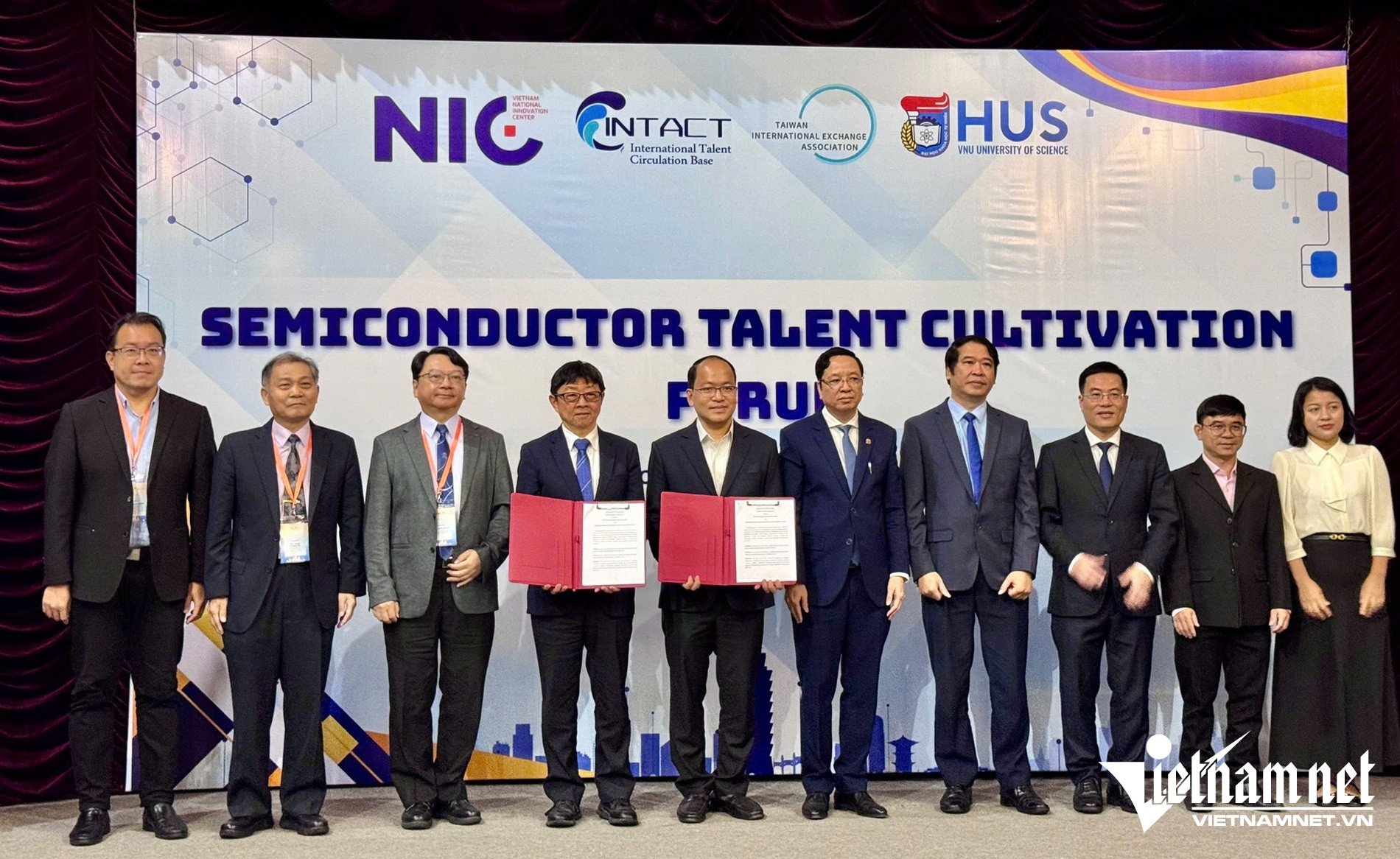
In order to establish a long-term cooperation framework between Vietnam and Taiwan (China) in training, research, exchange of lecturers and students and human resource development for the semiconductor industry, the INTENSE Scholarship Program Office in Vietnam was opened.
Along with that, the Memorandum of Understanding on cooperation to implement the INTENSE Scholarship Program in Vietnam between NIC and the National Taiwan University of Science and Technology (NTUST) took place on October 30, with the participation of a group of Vietnamese universities in the initial phase such as Hanoi University of Science and Technology, Vietnam National University, Hanoi, University of Electricity, University of Transport and a number of other training institutions.
The INTENSE Scholarship integrates resources from the Ministry of Education, businesses and universities in Taiwan with the aim of attracting and training high-quality human resources in the fields of semiconductors, STEM, and finance. Training programs include master's, joint degrees, second degrees, colleges and internships.
According to Professor Jia-Yush Yen, President of National Taiwan University of Science and Technology, after studying and working in Taiwan, students can return to contribute to the Vietnamese semiconductor industry from their experiences.

Source: https://vietnamnet.vn/ty-le-nhan-luc-ban-dan-trinh-do-cao-cua-viet-nam-van-con-thap-2457960.html


![[Photo] Touching scene of thousands of people saving the embankment from the raging water](https://vphoto.vietnam.vn/thumb/1200x675/vietnam/resource/IMAGE/2025/10/30/1761825173837_ndo_br_ho-de-3-jpg.webp)
![[Photo] National Assembly Chairman Tran Thanh Man receives foreign ambassadors who came to say goodbye](https://vphoto.vietnam.vn/thumb/1200x675/vietnam/resource/IMAGE/2025/10/30/1761820977744_ndo_br_1-jpg.webp)
![[Photo] General Secretary To Lam meets former British Prime Minister Tony Blair](https://vphoto.vietnam.vn/thumb/1200x675/vietnam/resource/IMAGE/2025/10/30/1761821573624_tbt-tl1-jpg.webp)
![[Photo] The Third Patriotic Emulation Congress of the Central Internal Affairs Commission](https://vphoto.vietnam.vn/thumb/1200x675/vietnam/resource/IMAGE/2025/10/30/1761831176178_dh-thi-dua-yeu-nuoc-5076-2710-jpg.webp)

![[Photo] General Secretary To Lam attends the Vietnam-UK High-Level Economic Conference](https://vphoto.vietnam.vn/thumb/1200x675/vietnam/resource/IMAGE/2025/10/30/1761825773922_anh-1-3371-jpg.webp)
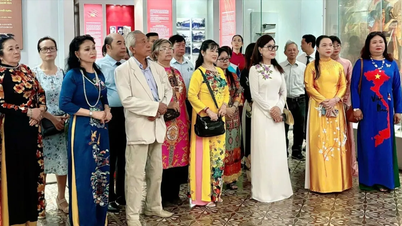

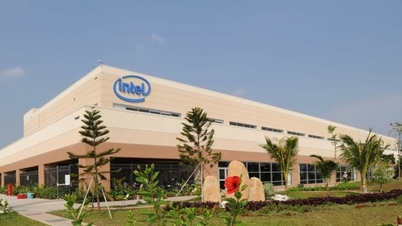






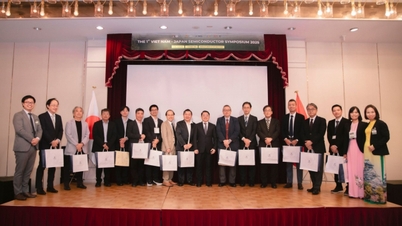





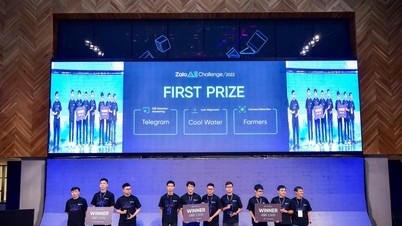

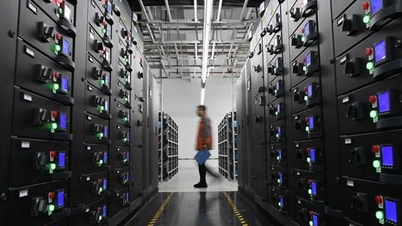




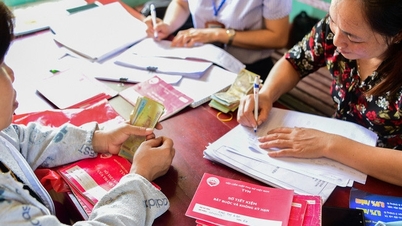
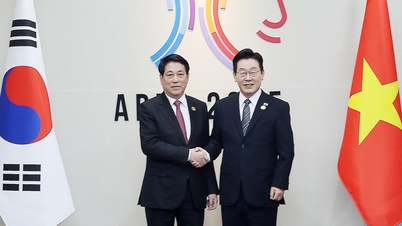
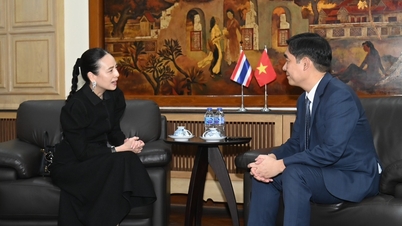

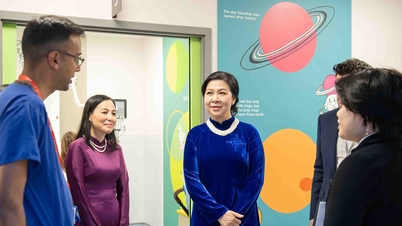







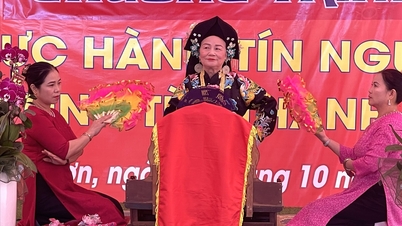







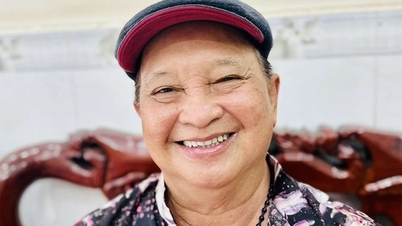

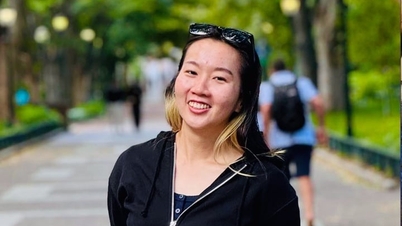



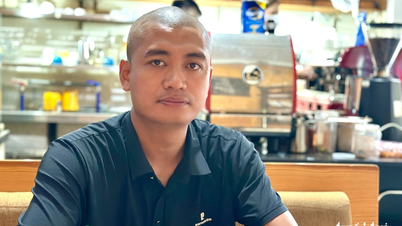

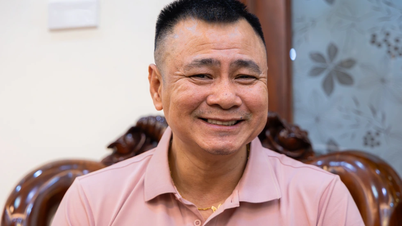

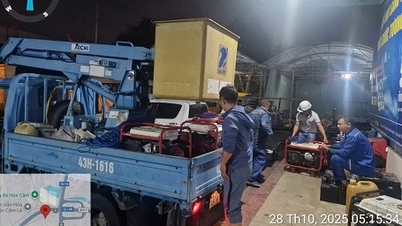


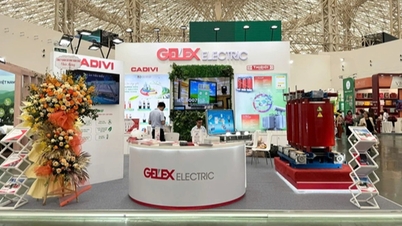
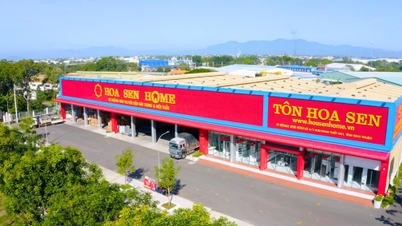












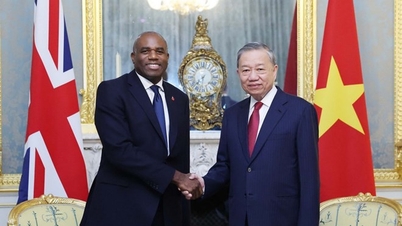
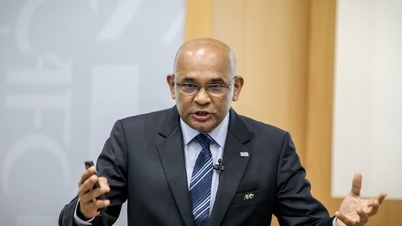

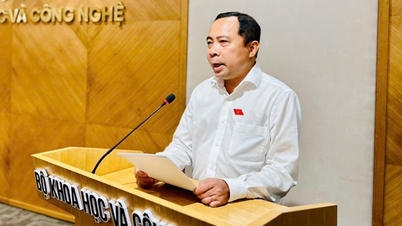

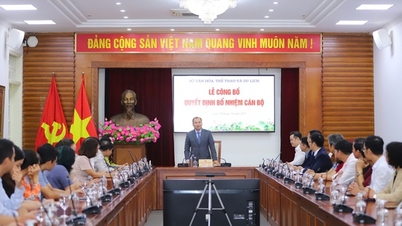





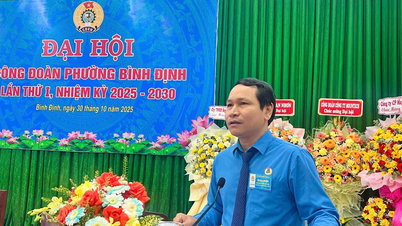






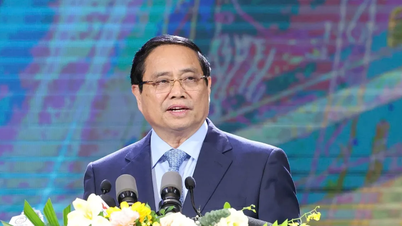
















Comment (0)